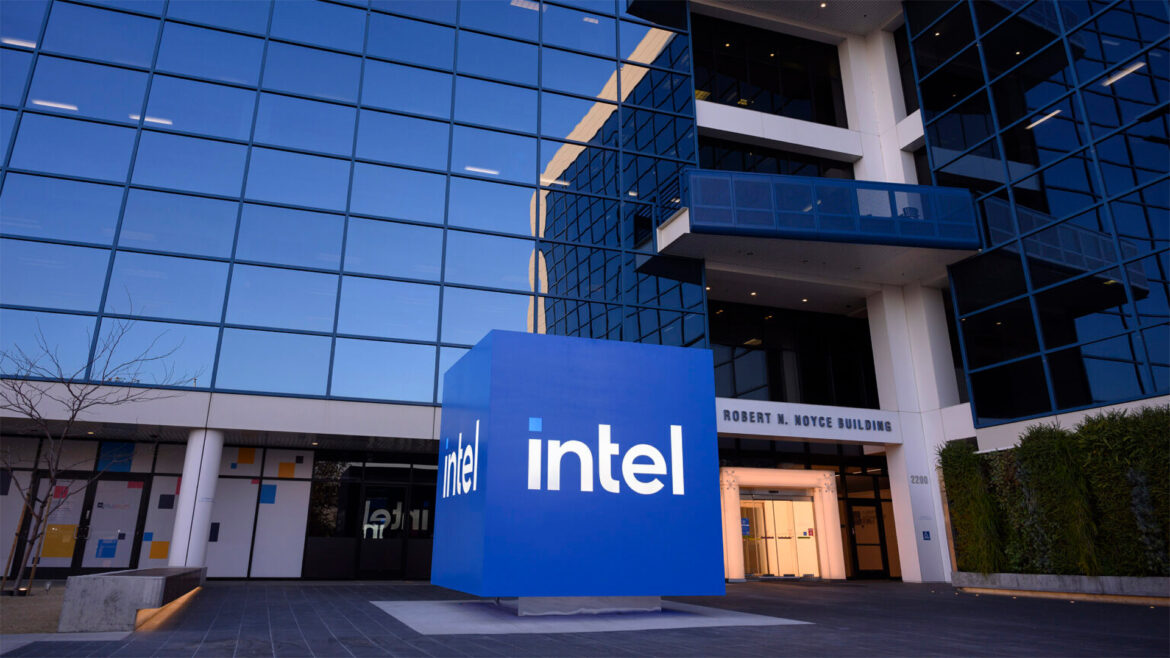For four decades, Chile has been a laboratory for pension reform. Its 1980s overhaul, based on individual capitalization, transformed retirement saving across Latin America. Mandatory contributions, privately managed by pension administrators (AFPs), built one of the region’s deepest capital markets and turned Santiago, Chile’s capital city, into a regional financial hub. Sovereign bonds were sought after, IPOs plentiful, and foreign investors saw Chile as a model of modernity.
That prestige has since faded. Low self-financed replacement rates — a median of 17% between 2015 and 2022 — left workers dissatisfied. Distrust of AFPs, often accused of charging high fees for middling returns, has grown. Then came the pandemic, when Chile’s Congress authorised three extraordinary withdrawals. More than $50 billion drained out between 2020 and 2021 — representing over 20% of the individual pension funds accumulated by 2019 and sixteen percent of Chile’s 2022 GDP. For households, this was a lifeline; for capital markets, a rupture. Liquidity fell, issuance slowed, and a pool of long-term savings once considered sacrosanct shrank.
In March 2025, Congress approved a long-awaited pension reform, replacing the “multifund” model with generational funds. Multifunds let workers choose among portfolios of varying risk, but many affiliates were ill-equipped, often chasing short-term returns or stuck in mismatched defaults. The new generational funds apply “life-cycle investing.” Young savers are placed in equity-heavy portfolios, shifting gradually toward bonds as they age. Economists argue this reduces mistakes and produces more stable outcomes. Regulators see it as common sense: align portfolios with demographics rather than market timing.
The reform also adds employer contributions, boosts The Universal Guaranteed Pension, a state-financed benefit to guarantee minimum pension to older adults, regardless of whether they contributed consistently to the private AFP system. The reform also forces competition by auctioning affiliates to the lowest-fee providers every two years instead of four. These measures should lift replacement rates, put pressure on AFPs to cut costs and improve efficiency, and spread risk more fairly.
Yet the reform remains cautious. Generational funds make portfolios more rational but savers more passive. Transparency is limited, switching providers cumbersome, and engagement shallow. That conservatism risks leaving Chile’s pensions modern in form but analogue in spirit. Around the world, finance is changing rapidly. Digital wallets, open banking, and tokenization are reshaping how capital is raised and invested. Chile’s model, even with generational funds, may be solving yesterday’s problems with yesterday’s tools.
The most promising innovation lies in tokenization: representing bonds or shares on digital ledgers. This promises faster settlement, lower costs, and greater transparency without altering the underlying asset. Europe has launched its DLT Pilot Regime, and Switzerland’s SIX Digital Exchange already issues tokenized bonds. Chile isn’t sitting on its hands. In 2023 its Law for Financial Technology Innovation created a regulated framework for open finance and crypto firms. Officially launched in 2020, the Santiago Stock Exchange (BCS), the Central Securities Depository (DCV) and the telco GTD launched AUNA Blockchain, Latin America’s first corporate blockchain consortium, to test tokenised bonds and shares. If managed prudently, this shift could transform Chile into a regional hub for institutional crypto investment and make initiatives like ScaleX Santiago Venture, CORFO and Start-Up Chile more dynamic by channeling digital savings into startups. Tokenization would not only lower costs and speed up settlement but also increase transparency, improve liquidity through fractional ownership, and expand market access. These features could give pensions safer exposure to innovation while nudging Chile’s financial infrastructure toward greater efficiency and global integration.
More controversial is crypto. Could Chile’s pension savings eventually include Bitcoin? Perhaps, but not yet. For that to happen, the law must be amended to explicitly recognise digital assets as eligible instruments for investment of retirement savings. The country’s Central Bank must also approve them, and regulators must enforce standards for custody, valuation, and risk. Even then, exposure would require caution. Direct coin holdings would clash with prudential rules. At a minimum, exposure should be through regulated ETFs or exchange-traded notes (ETNs), with explicit legal recognition and strict caps. Other countries’ experimentations with crypto investments show the stakes. Germany lets certain pension vehicles invest up to 20 percent in crypto. New Zealand’s KiwiSaver has dabbled in crypto via ETFs. Some US public funds have bought bitcoin products. But Canada’s Ontario Teachers and Quebec’s CDPQ lost heavily in failed ventures like FTX and Celsius. The lesson: prudence must prevail.
Chile could strike a balance with a dual path. Tokenised bonds and equities should be treated as equivalent to conventional ones if issued on regulated venues. In my opinion, crypto exposure, if allowed, should come only through ETFs or ETNs, capped initially at 1% percent to understand the market, but should be allowed to reach at least 25% percent of the equity allocation. Licensed custodianship, segregation of assets, and insurance would be mandatory. Full disclosure of volatility and downside risks should be required so savers know what is at stake. Such a roadmap would open pensions to innovation without jeopardizing stability. And by embedding tokenization into mainstream saving, it could accelerate the digitalization of Chile’s financial services ecosystem, setting standards banks, brokers, and insurers would need to follow.
But technical fixes alone cannot rebuild trust. Chile’s pension debate is about legitimacy as much as design. To address that, reforms could go further. Performance-based rebates could tie AFP fees to outcomes, rewarding long-term outperformance. “Open pensions” platforms could mirror open banking, offering affiliates real-time comparisons of fees and returns. Sandboxes could test tokenised fund shares and smart contracts. Allowing a sliver of savings to serve as mortgage collateral could ease tensions between younger workers, who feel locked out of housing markets, and retirees demanding higher pensions — softening intergenerational strains without undermining long-term funding, while keeping retirement goals intact. Affiliates should also share more directly in upside gains. One idea would link extraordinary profits to worker accounts: when returns beat a benchmark, the surplus would be credited back under supervisory oversight. This would make savers partners in success and keep AFPs accountable for performance, not just scale.
Chile deserves credit for moving where its neighbours mostly dawdle. Argentina has lurched between state and private control. Brazil’s system is vast but fragmented. Mexico’s reforms remain contested. Chile continues to adapt, however cautiously. But the stakes are high. Move too slowly, and capital markets risk stagnation, starved of long-term savings. Move too fast, and pensions could be caught in crypto storms. The balance between prudence and innovation is delicate.
Generational funds will make Chile’s pensions look sleek on paper, aligning portfolios with demographics and reducing costly mistakes. But without deeper innovation in technology, transparency, and citizen engagement, the system may remain analogue at heart. Pension design today is not only about adjusting contributions or tweaking commissions. It is about harnessing technology, safeguarding trust, and giving citizens an active role in shaping their financial futures. If Chile manages that balancing act, it could once again set the regional standard. Done right, pensions could catalyse the modernisation of the entire financial infrastructure. If not, Chile may find itself with a system modern in form but creaky underneath, destined for yet another reform and another crisis of confidence.









